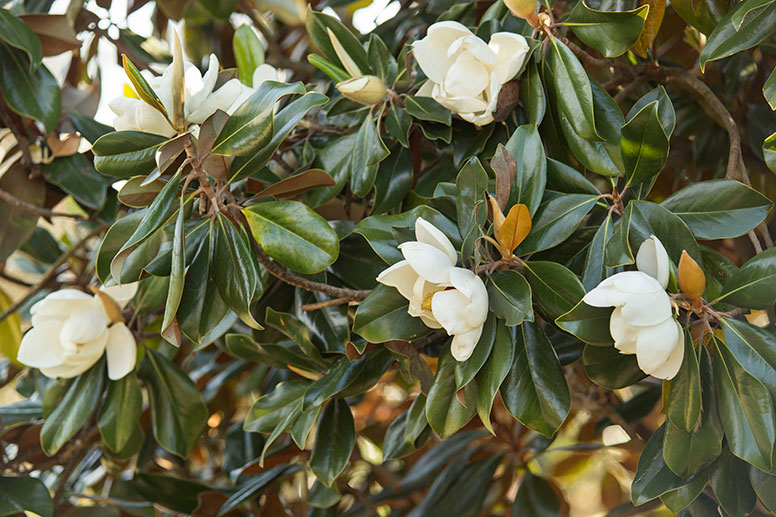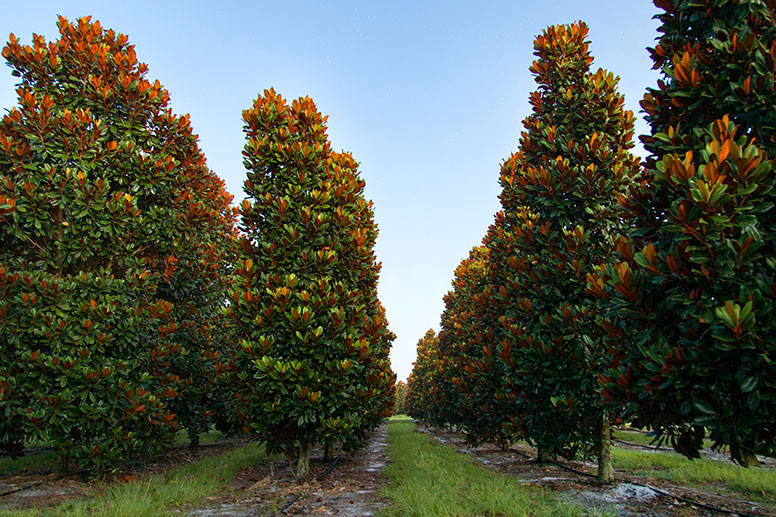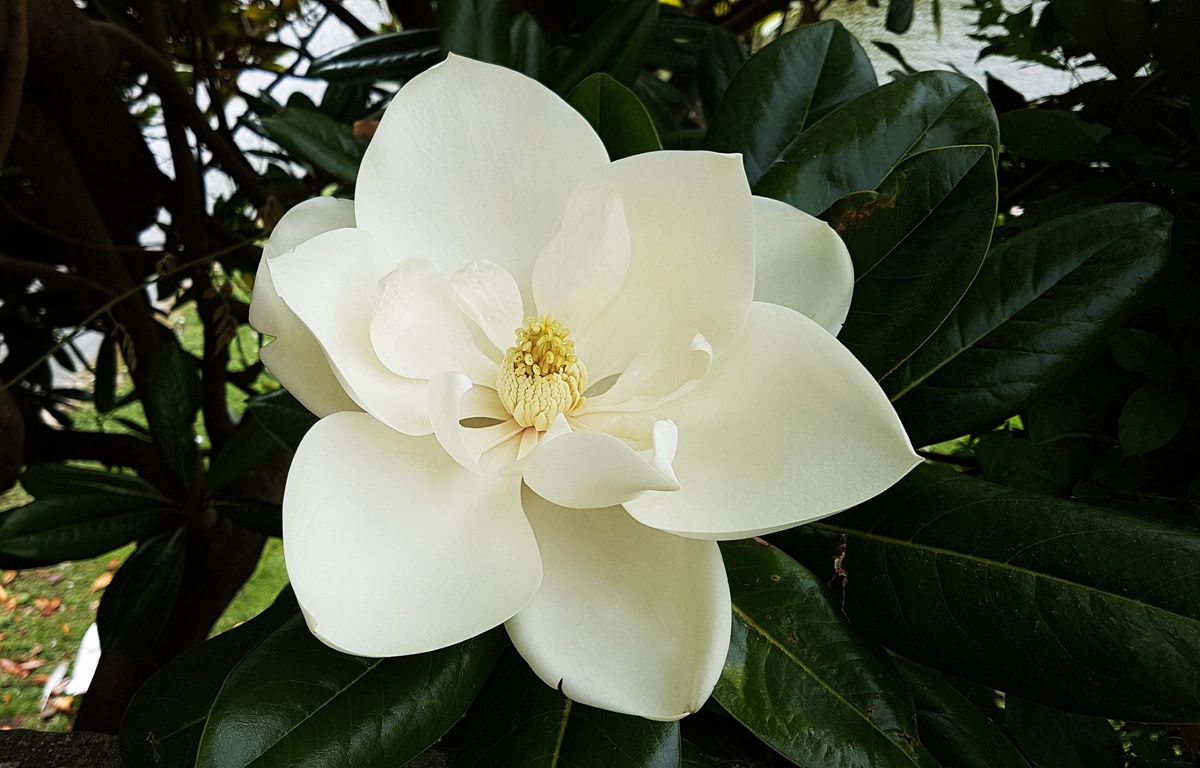Pirate Prince



OUT OF CHARACTER INFORMATION
- Intent: I've always wanted to sub a plant, and I'd like to do some worldbuilding on Lao-mon.
- Image Credit: The Magnolia Company | Southern Living | Southern Magnolia Leaf
- Canon: N/A
- Permissions: N/A
- Links: Tree | Shi'ido | Reference to Goshen

- Name: Zenobia tree
- Origins: Lao-mon
- Other Locations: N/A
- Classification: Flowering tree
- Average Growth Cycle: 80-120 standard years; the tree flowers in the late spring or early summer.
- Viability: While endemic to the subtropical region, the tree can be grown and thrive in warmer climates. They grow best in moist, well-drained, slightly acidic soil. They are adaptable to clay, loam, or sand soils, but fare poorly in soil that is too wet or poorly drained. They require either full exposure to sun or slight shade. Strong winds can damage their flowers and brittle branches. The leaves have a waxy coating that makes them resistant to damage from salt and air pollution. Generally speaking, they are drought tolerant.
- Description: You'll probably smell this tree well before you see it. While the plant itself isn't particularly spectacular, the flowers are famous for their distinct appearance and pleasing fragrance. The petals of the flower are large, white, and thick, but they are poorly attached to the corolla; the sight of a tree with missing petals that have been torn off by the wind is common.
- Average Height: 18-24 meters
- Average Length: 12 meters wide
- Color: Leaves are dark green and glossy (pictured right); flowers are large (between 7.62-30.48 cm in diameter) with white petals; bark is light gray or silvery. Berries are bright red. Sapwood is yellowish-brown; heartwood is light to dark brown, often tinted yellow or green.
- Nutritional Value: The leaves are used as a flavoring in soups, stews, and skillet dishes. The berries and flowers are both edible, although only the berries (which have a spicy taste) are commonly used in food. Consuming a flower from this tree would be considered rather eccentric, but it won't do you any harm.
- Toxicity: No part of the tree is toxic to the Shi'ido, but it may be poisonous to non-native species.
- Other Effects: Long used for medicinal purposes, the bark and sap of the tree has antibacterial properties.
- Distinctions: The large flowers of the Zenobia tree are believed to have evolved in order to attract pollination by beetles; this is evident in the hardened carpel, which is designed to withstand the gnawing jaws of beetles as they feed on the flower's pollen, and they are "perfect flowers", meaning that they possess both male and female reproductive structures, though the male stamen matures before the female pistil so that the beetles will aid with cross-pollination.
- Fragrant Flowers: The scent of the Zenobia flower is instantly recognizable and considered quite pleasant even to non-natives.
- Wood: While far from being as strong as durasteel, the wood of the Zenobia tree is solid and durable, making it viable for use in furniture, architecture, and other carpentry.
- Edible: The berries and leaves of the tree are commonly used in cuisine.
- Medicinal Value: The bark and sap of the Zenobia tree has antibacterial qualities, making it a popular ingredient in medicine.
- Frost: The tree is only moderately tolerant of frost and cannot grow in colder temperatures.
- Flooding: Too much water in the soil can stunt the growth of the tree, as well as making it more susceptible to disease.
- Shallow Roots: The tree has shallow roots that spread wide, which can cause damage to other structures nearby. It also makes them difficult to move.
HISTORICAL INFORMATION
The Zenobia is a tree native to Lao-mon. It is one of the oldest known trees on the planet, dating back millions of years. Within the cultures of Goshen, Elam, and Nabatea, the Zenobia hold a special position, representing beauty, purity, dignity and nobility. On a world bristling with wildlife, they are considered exceptionally beautiful. The flowers are given as gifts (although usually as a courtship ritual; reassurance of one's intentions may be necessary otherwise) and their scent is extracted and frequently used as an ingredient in perfume. Other parts of the tree have long been used in food and medicine, and the wood is frequently carved into furniture, decorations, and incorporated into architecture. "Zenobia" is also a popular given name for Shi'ido girls.
Last edited:







